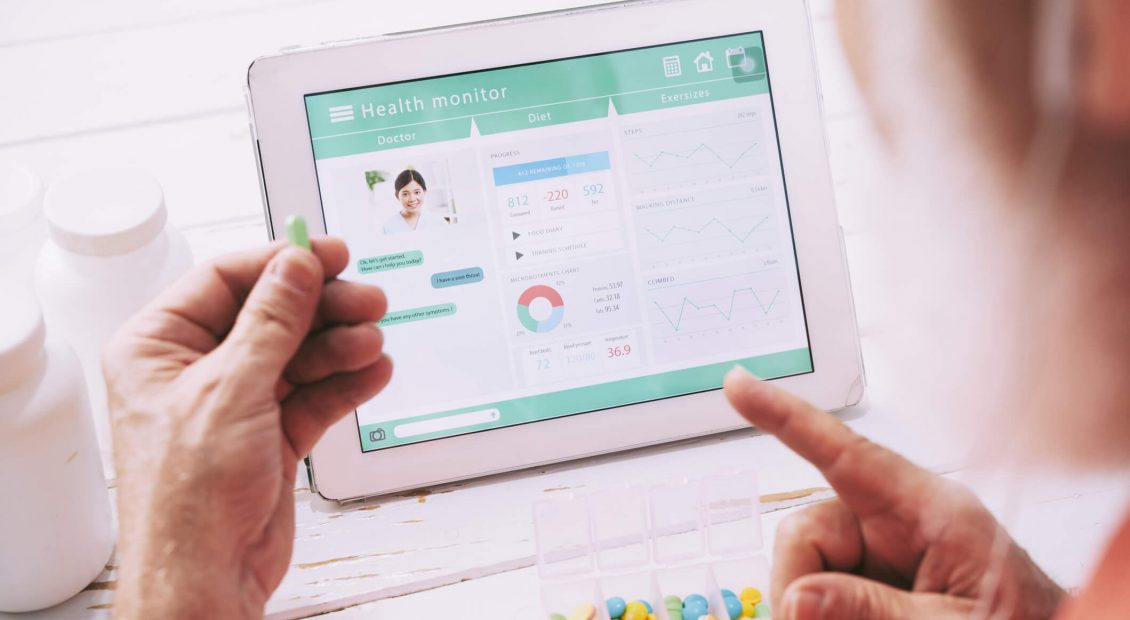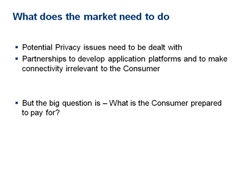
Finding value from AI, analytics and automation (A3) in the telco network
In this report we update our model of the financial value of adding AI, analytics and automation (A3) into a telco’s processes. The focus of this update is the network and OSS. In these domains, our bottom-up assessment shows that telcos can achieve financial benefits amounting to 5% of annual revenues.



